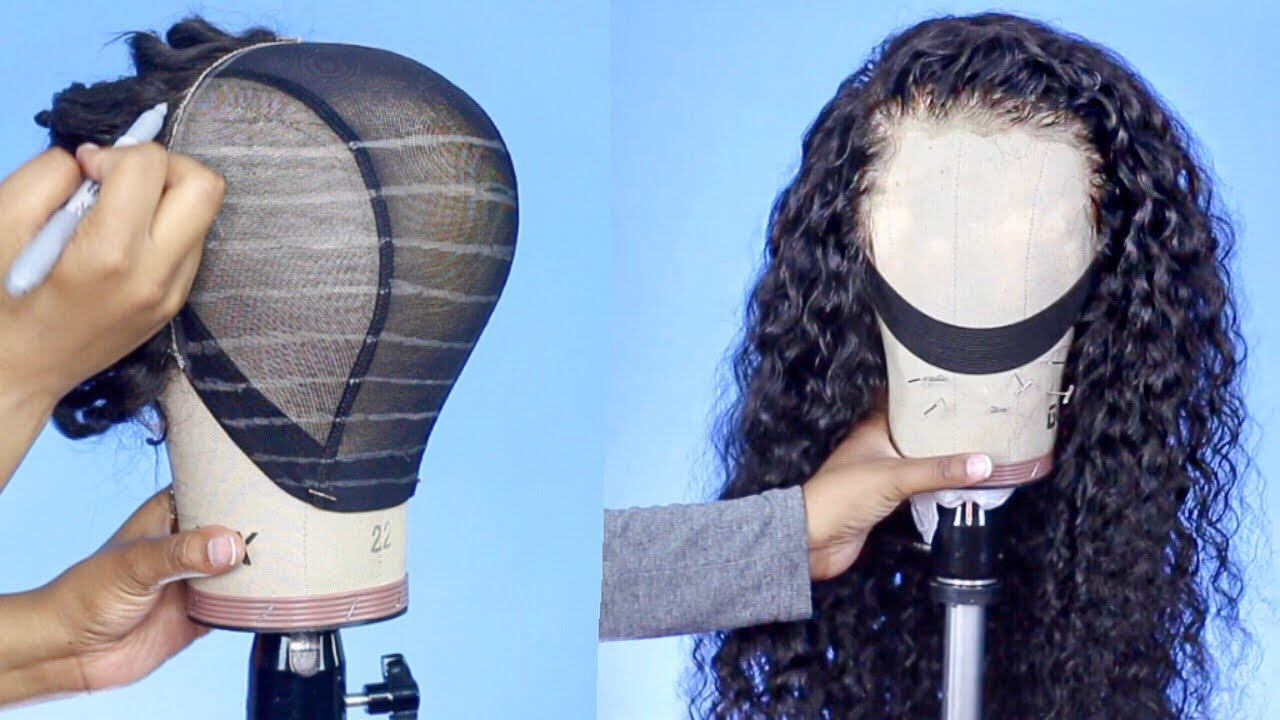
Human hair wigs are highly prized for their natural appearance and versatility in styling. The method used in constructing these wigs significantly influences their look, feel, durability, and price. This article outlines the main techniques used in the production of human hair wigs and evaluates which is considered the best based on various criteria.
Overview of Human Hair Wig Construction
Sources of Human Hair
Before delving into manufacturing processes, it’s important to understand the origin of the materials. Human hair for wigs is sourced primarily through donations or commercial transactions, with the highest quality hair coming from single donors, ensuring uniform texture and color.
Key Manufacturing Techniques
1. Hand-Tied Wigs
Process Description:
Hand-tied wigs involve individual hairs being tied to a lace base or a fine mesh by artisans. This labor-intensive process results in a wig that mimics natural hair growth and allows for versatile styling with a very natural flow.
Advantages:
- Natural appearance
- Lightweight and comfortable
- Allows for free movement of hair
Disadvantages:
- Higher cost due to labor intensity
- More delicate, requiring careful maintenance

2. Machine Sewn Wigs
Process Description:
This method uses sewing machines to attach hair wefts to a cap. It is much faster than hand-tying and thus less expensive. Machine-sewn wigs are easier to produce in bulk.
Advantages:
- More affordable
- Durable construction
Disadvantages:
- Heavier and less comfortable
- Less natural in appearance due to the wefts
3. Injection Molded Wigs
Process Description:
Hair is injected into a silicone or latex cap, mimicking the scalp. This advanced technique allows for a very realistic scalp appearance and hair density.
Advantages:
- Extremely natural appearance
- No visible knots or seams
Disadvantages:
- Can be very expensive
- Less breathable than other types
Comparative Analysis: Which Technique Is Best?
Criteria for Evaluation
To determine the best manufacturing technique, several factors need to be considered:
- Natural appearance
- Comfort and wearability
- Durability
- Cost-effectiveness
Detailed Comparison
- Natural Appearance: Hand-tied wigs and injection molded wigs score highest in this category, with hand-tied wigs offering slightly better natural movement.
- Comfort and Wearability: Hand-tied wigs are the lightest and most comfortable, especially for long-term wear, making them ideal for users with sensitive scalps or those who wear wigs daily.
- Durability: Machine-sewn wigs excel in durability due to their robust construction, making them suitable for longer wear periods without requiring extensive maintenance.
- Cost-Effectiveness: Machine-sewn wigs are the most budget-friendly option, providing a good balance between cost and quality, suitable for those needing a high-quality look without the high price tag of hand-tied or injection molded wigs.
The best human hair wig manufacturing technique largely depends on the needs and preferences of the wearer. For those prioritizing natural appearance and comfort, hand-tied wigs are undoubtedly the best choice despite their higher price and delicate maintenance requirements. For those needing a more durable and cost-effective option, machine-sewn wigs offer a practical alternative.
Recommended Reading
How to Solve Cosplay Wig Dilemmas
Cosplaying as a favorite character is a thrilling experience, but creating a convincing look, especially with the hair, can be a formidable challenge. This guide delves [...]
How to Trim Bangs on a Wig More Naturally?
Achieving a natural look with wig bangs can be tricky, but with the right techniques, it's totally doable. Whether you're rocking a full wig or just [...]
Unveiling the Allure of Raquel Welch Wigs: A Cut Above the Rest
In the ever-evolving world of wigs and hair extensions, one name stands out as a beacon of quality, innovation, and undeniable style – Raquel Welch. This [...]
Wig Color Recommendations Across Different Age Groups
Navigating the world of wigs can be as exciting as it is daunting, especially when it comes to choosing the perfect color that not only complements [...]
The Love Affair with Lace Front Wigs: Unveiling the Reasons Behind Their Popularity
In the ever-evolving world of beauty and haircare, lace front wigs have emerged as a cornerstone of style and versatility, capturing the hearts of wig enthusiasts [...]
How to Keep Human Hair Wigs Soft and Manageable?
In the enchanting world of beauty and fashion, wigs made from real human hair have become an indispensable accessory for many, offering the versatility to change [...]



